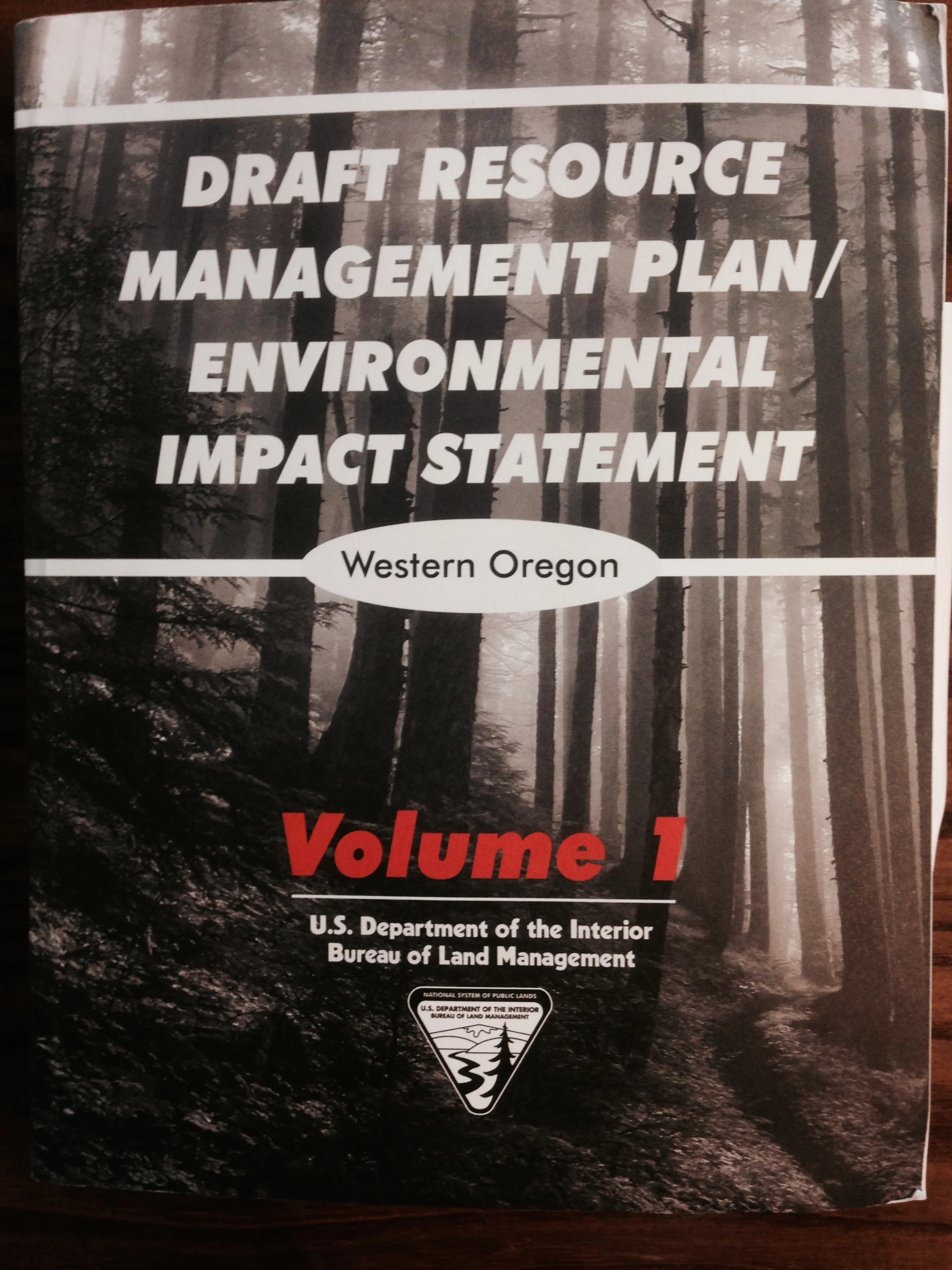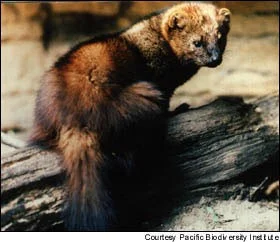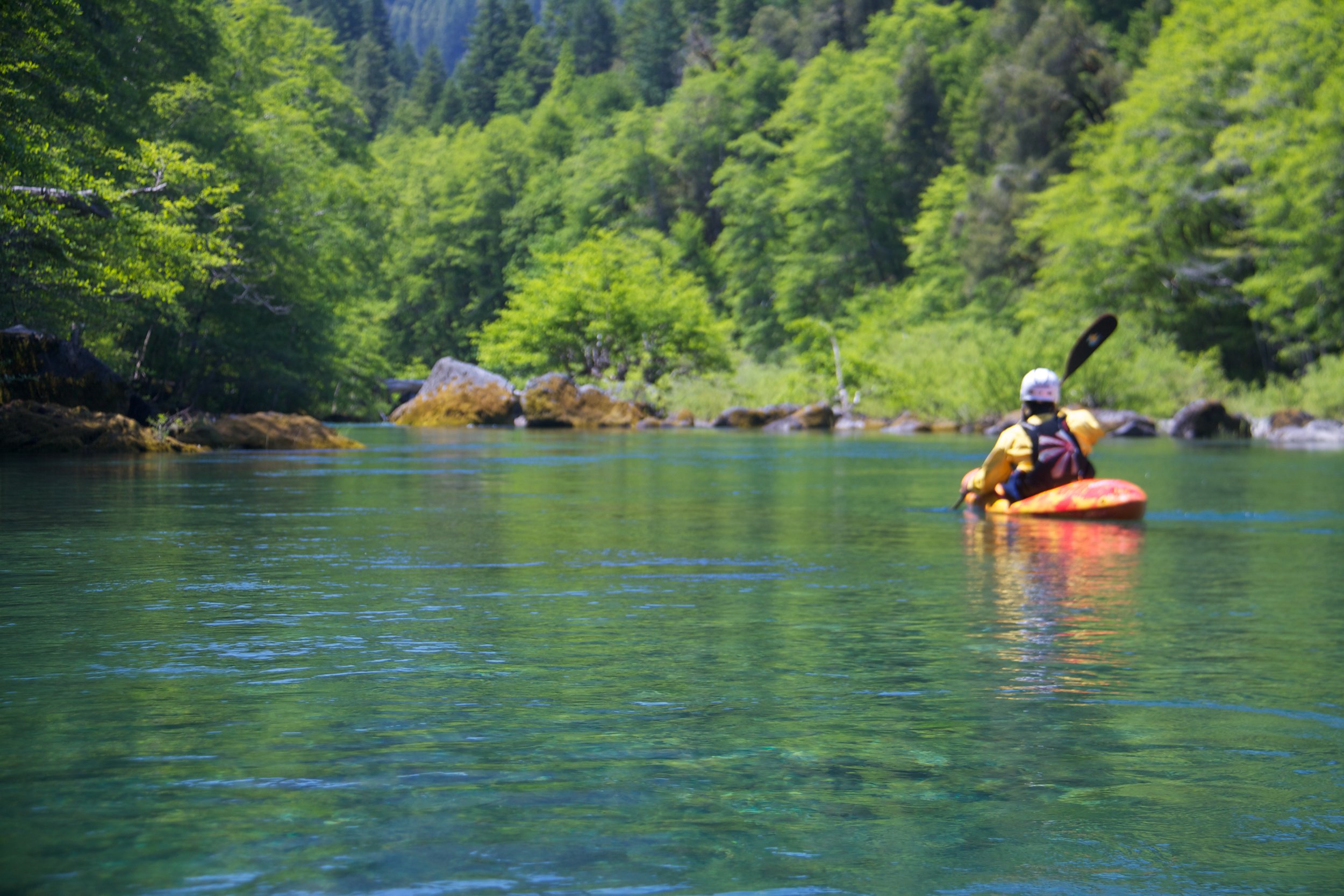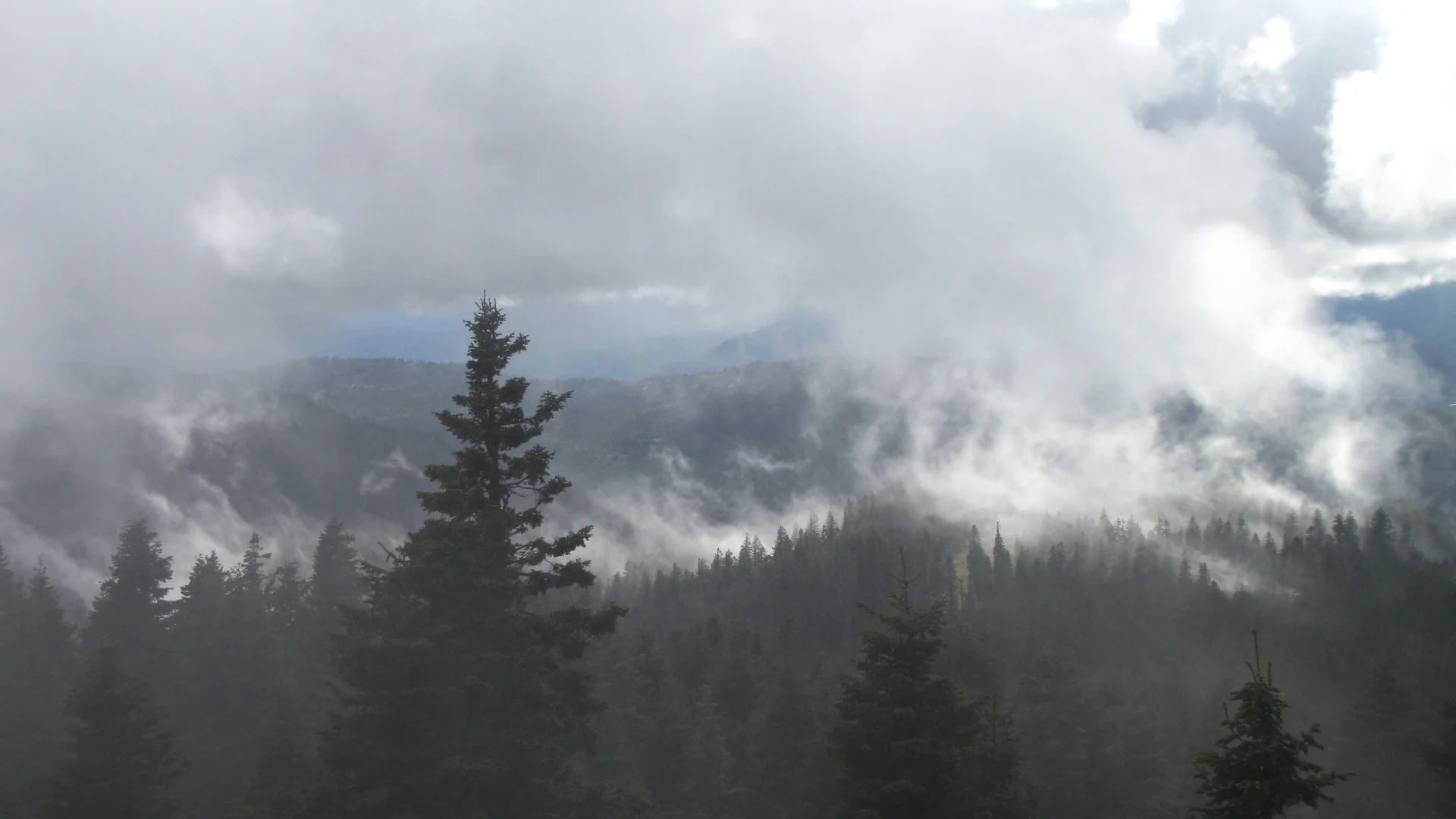Following years of public concern and successful op eds and appeals, the Bear Grub timber sale is canceled (again)! Read more about the decision here.
Read MoreWe need to protect Oregon lands from climate extremes and harness their potential as a climate solution. The Senate Committee on Natural Resources has scheduled a hearing on SB 530, common-sense legislation that will help increase carbon sequestration on our forests, agricultural lands, and wetlands and improve the resilience of our water, wildlife, and communities. Learn more about SB 530 and action you can take for natural climate solutions in this blog.
Read MoreThe Bear Grub timber sale is back, and rather than working with the public to reduce the impacts of the proposed "group selection" logging on wildlife, watersheds and wildlands, the BLM is once again targeting ancient forests in the "harvest land base" for "group selection. Take action today to let the BLM know you oppose the Bear Grub timber sale!
Read MoreAlmost six years ago the timber industry challenged President Obama’s expansion of the Cascade-Siskiyou National Monument. The legality of that expansion is in the midst of litigation right now. Read the blog to get the full scoop.
Read MoreWith the recent 2022 midterm election in the books, we can take stock of what might change and what we can expect from newly elected leaders. Will they drive an agenda that will impact the forests, rivers, and wildlife in the Rogue River Basin and Klamath-Siskiyou Region?
Read MoreTo be the eyes and ears of public lands defense requires KS Wild’s ForestWatch staff to be diligent in how we approach the scope of our work. Read about our plans for 2020, which defending public lands in a number of vital ways.
Read MoreIncreasingly timber interests, conservationists including KS Wild, scientists and federal land management agencies are coming together to focus logging activities on thinning previously logged plantations and in fire-evolved forest stands in which fire suppression has resulted in encroachment by less resilient off-site conifers.
Read MoreFew experiences are more evocative of the Pacific Northwest than the sight of a salmon leaping a waterfall. People gather to watch as they make their way to ancestral spawning grounds each year at Rainie Falls on the Rogue River or the mouth of Wooley Creek on the Salmon River. Some rivers of the Klamath-Siskiyou are strongholds for wild salmon, including the federally listed Northern California/Southern Oregon Coho Salmon
Read MoreAt KS Wild, we have a deep admiration for this creature that so deeply epitomizes the wilderness. Unfortunately, the story of the wolf is one of systematic persecution and deep-rooted mythologies that inspire fear in people. Some say the removal of the wolf is a bitter reflection of our society’s tendency to suppress all things wild; others, want nothing more than to allow wolves to fade into extinction.
Read MoreOn August 5, the Bureau of Land Management (BLM) signed a management plan for western Oregon, largely ignoring a formal protest from 22 conservation and fishing groups. The BLM plan eliminates protections for streamside forests, increases clearcutting in wet forests, and removes 2.6 million acres of federally managed public forests from the 1994 Northwest Forest Plan
Read MoreThe 1937 O&C Act overhauled the timber management and revenue distribution scheme. It allowed the federal government to pay fifty percent of gross timber revenues directly to the O&C counties, plus twenty five percent (for unpaid Railroad property taxes) to O&C lands. In 1953 Congress directed 25% of the revenue to road building and other capital improvements on the O&C lands, leaving only 50% paid to counties. These payment schemes tied timber harvests to county revenues and made county government a champion of increased logging.
Read MoreAfter four local public hearings and thousands of letters to elected officials, support for the Cascade-Siskiyou National Monument has been heard! On Thursday, January 12, 2017, President Obama used his authority under the Antiquities Act to expand the Cascade-Siskiyou National Monument in southern Oregon.
Read MorePart of our work at KS Wild is to track management decisions by the US Fish and Wildlife service to list at-risk species as threatened or endangered under the Endangered Species Act. In continuing a 22-year battle to protect their declining populations, we filed lawsuit with three of our conservation allies to list the Pacific fisher. Other species we continue to fight for include the Siskiyou Mountain Salamander, the Wolverine and four species of Lamprey.
Read MoreThe history of the 2.5 million acres of land managed by the Bureau of Land Management (BLM) in western Oregon dates back to how the west was settled. One of the biggest obstacles to westward expansion was transportation. Moving goods from one place to the next and encouraging people to move thousands of miles across a rugged, wild landscape was a challenge without the infrastructure and modes of transport we enjoy today.
Read MoreAmong the many unusual endemic species found nowhere else in the world, there is a tree, carving out its existence on high ridgelines within these remote mountains. I was surprised the first time I laid eyes on the Brewer spruce, having never seen anything like it on my mountain walks. With its long weeping branching, it’s quite a forest char- acter and hard to miss. Not only does it stand out in a sea of Douglas fir, true firs, and pines, but its physical structure hints at origins from long ago. Brewer spruce remains one of the rarest among American spruce species.
Read MoreThe Bureau of Land Management administers the public forests that surround communities in Western Oregon. These are our backyard forests! Places like the Wild Rogue River, the Applegate Valley foothills and rare plant hotspots in the Illinois Valley deserve our best conservation efforts.
Read MoreWhile most Americans cherish the idea that public lands belong to and benefit all of us, corporate timber, mining and grazing interests have long sought to privatize public lands in order to maximize profits to their respective industries. While subsidized logging, mining and grazing occur on the vast majority of public lands, these extremists bristle at the idea of there being any rules regarding their exploitation of our forests and rivers.
Read MoreRegularly visited by botanists, it boasts the highest wildflower diversity in Oregon. Fisher folk appreciate the habitat it provides for steelhead and cutthroat trout, and it is well known by locals for always running clear. Before entering the Wild and Scenic Illinois River, it flows through a rugged, beautiful wilderness landscape. Part of this area, the South Kalmiopsis Roadless area was recommended as an addition to the Kalmiopsis Wilderness in 2004.
Read MoreWestern Oregon’s BLM lands support salmon, steelhead, and wildlife while delivering clean water and recreational values to the public. These forests are source-drinking watersheds for hun-dreds of thousands of Oregonians, they sequester large amounts of carbon, and they provide crucial ecological functions. The natural amenities found on these public lands are highly valued and sought after, from local residents to tourists from around the world.
Read MoreRetaining trees in streamside areas is incredibly important to keeping streams cool and water clean. A healthy riparian buffer where logging is limited adjacent to streams serves a number of important functions. The shade from trees prevents the water from getting warmer, something that will be more and more important in the face of climate change.
Read More


















